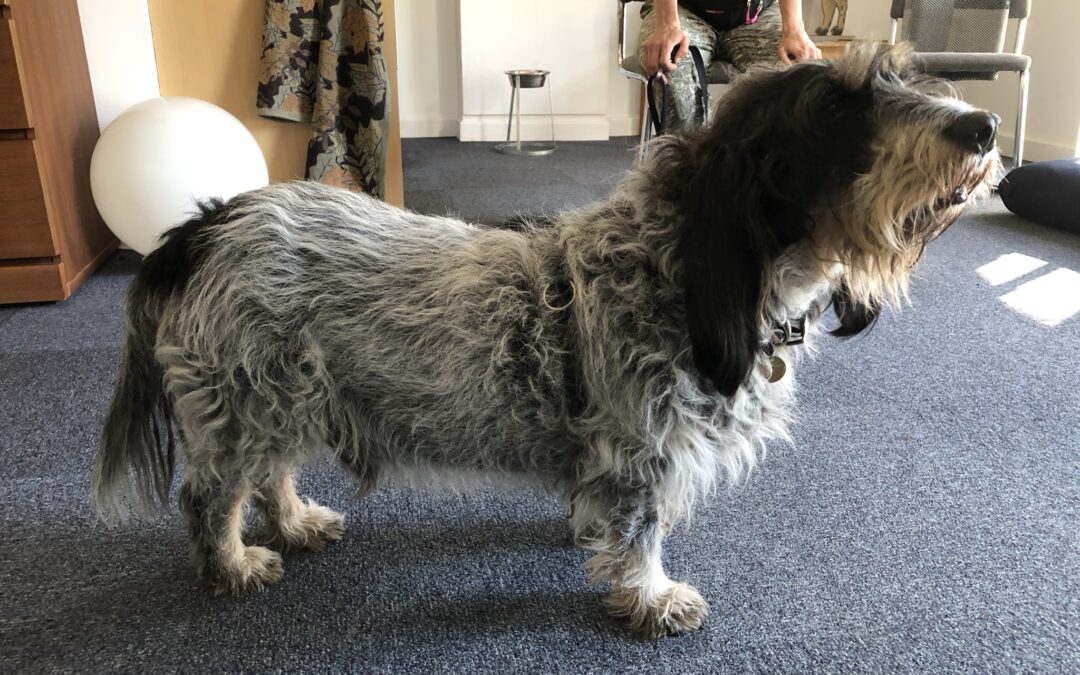Spondylosis deformans is a chronic, degenerative condition predominantly affecting the spine, characterized by the production of bone spurs along the sides, upper and lower aspects of the vertebrae.
This non-inflammatory, degenerative condition causes the growth of projected bone known as spurs or osteophytes to develop in response to the ageing process or injury.
A bony spur may develop in a single spot, or multiple bone spurs will develop in several locations along the spine, most commonly in the chest or thoracic region.
If the spondylosis continues to spread to adjacent vertebrae, several of these bridges can become welding together or consolidated. Leading to a less flexible or fused spine, defined as ankylosis.
Spondylosis can develop from repeated micro-trauma to the area caused by repetitive pressure on the same joints or bones. Trauma can trigger the condition as the dog’s body responds by attempting to grow new bone, as can any condition that causes instability of the spine.
Some dogs, however, may possess an inherited predisposition to spurs as part of the natural ageing process.
The majority of dogs with spondylosis deformans are asymptomatic.
If the bone spurs begin to restrict movement of the spine, however, the dog may appear stiffer or less flexible. If the spurs press into surrounding tissue, this will undoubtedly produce pain and discomfort.
If a bone spur grows near a nerve root as it leaves the spinal canal, it may press on the nerve causing pain or lameness. Pressure on a nerve can cause motor and sensory disturbances accompanied by muscle weakness, loss of balance or gait irregularities.
As the condition worsens over time, it may cause tenderness over the affected area, stiffness, restricted motion and become painful, particularly when turning in a specific direction or following a fracture to the bony spurs or bridges.
Affected dogs may demonstrate a reluctance to sit, difficulty in walking, loss of balance and an upward curvature of the spine generally between the shoulders and hips.
In severe cases, numbness or weakness of the thoracic limbs, reduced neural function, lack of proprioception in the pelvic limb leading to paralysis can also be present.
The use of myotherapy to support spondylosis
Where the dog is clinically affected, myotherapy can support the inevitable compensatory and loading issues the dog may have developed depending on the level of impact.
Treatment leads to an improved range of motion and flexibility, decreased pain and relived tension in the compensating limbs and secondary muscular conditions.
Gentle myotherapy treatment can help to control the referred pain of spondylosis from irritated nerves.
Circulation is increased and flexibility promoted by decreasing tension within the dog’s spinal muscles and easing the surrounding tissues that could be exerting pressure on the nerve endings.


Recent Comments